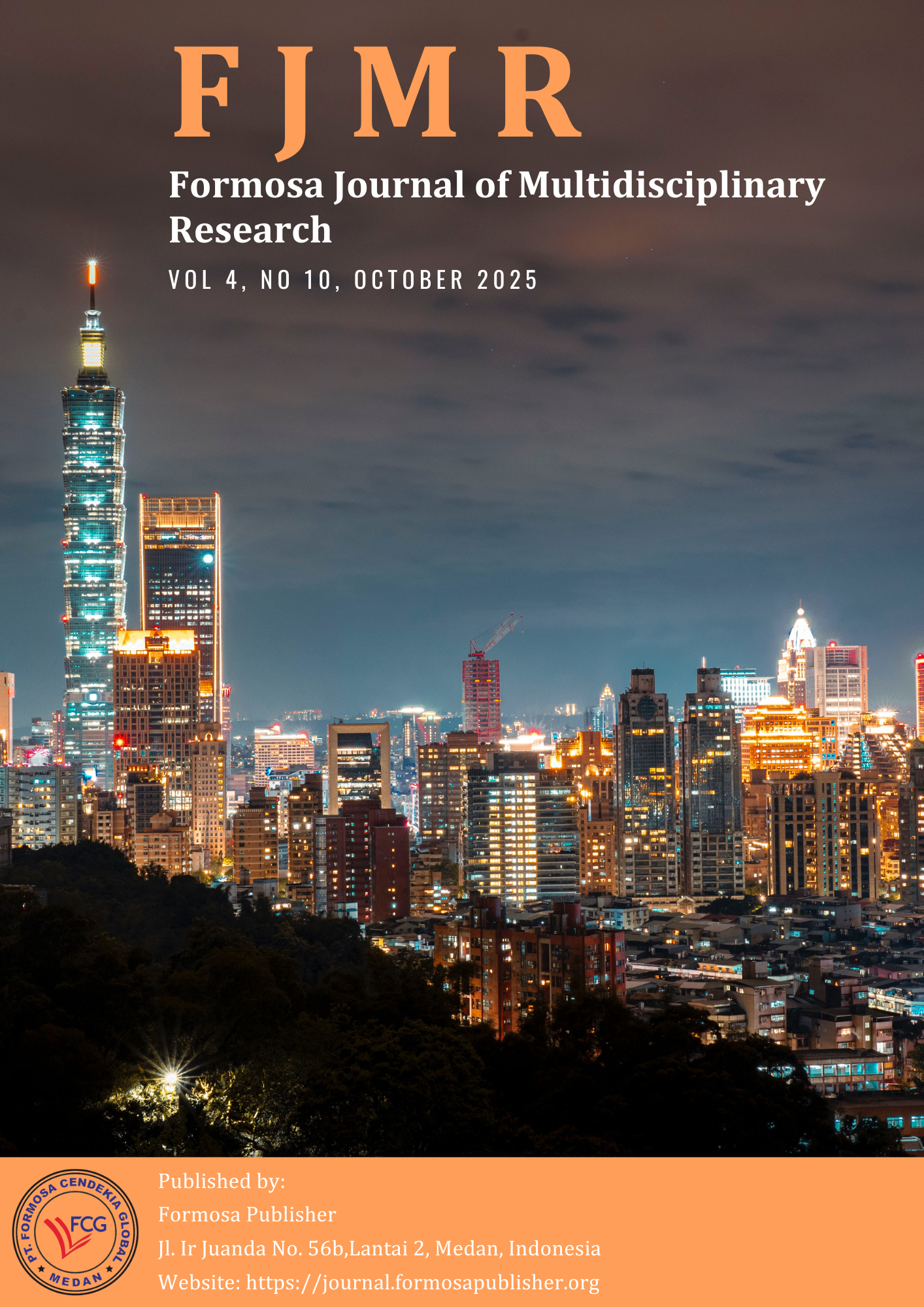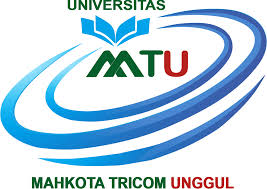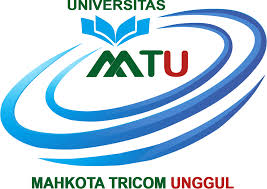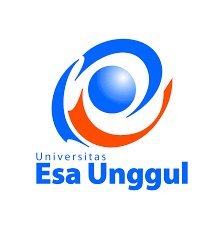Turning Practice into Policy: Qualitative Determinants and Interventions for Accurate UCOD Reselection
DOI:
https://doi.org/10.55927/fjmr.v4i10.565Keywords:
Underlying Cause of Death (UCOD), Death Certificate, Structural Equation Modeling (SEM), Medical Reporting AccuracyAbstract
Accurate reselection of the Underlying Cause of Death (UCOD) is vital for mortality statistics. Errors persist when workflows, coordination, and digital controls are weak. This study examined multilevel drivers of UCOD accuracy and designed policies for hospital records units. We ran a qualitative study in four hospitals in Batu, using in-depth interviews with four key informants involved in MCCOD completion/reselection and one focus group with four participants from clinical, records, and managerial roles. Transcripts were analyzed using thematic analysis across personal (knowledge, skills, self-efficacy), interpersonal (communication, pre-final peer review, feedback), and organizational (SOP/SLA, EMR support, audit, workload) levels. Accuracy hinged on two moments: time-bounded clinical–records clarification with evidence, and a pre-final peer review focused on causal sequence and UCOD etiology. A policy package emerged: a one-page SOP with SLA covering Draft MCCOD → Clarification → Reselection → Peer review → Finalization → System entry; a one-page two-focus peer-review checklist; a dashboard of four indicators (sequence consistency, correct UCOD etiology, MMDS compliance, adherence to mortality rules); minimal EMR rules (ban ill-defined or symptom UCOD, hard-stop required fields, warn on illogical chains); and a 30-second self-check with brief case-based micro-learning. UCOD accuracy is a socio-technical outcome. A compact, staged package anchored in SOP/SLA, pre-final peer review, simple dashboards, and EMR guardrails offers a feasible route to strengthen mortality reporting.
References
Chung, S., Kim, S.-H., Park, B.-J., & Park, S. (2022). Factors associated with major errors on death certificates. Healthcare, 10(4), 726. https://doi.org/10.3390/healthcare10040726
Fang, X., Huang, S., Yin, Y., Chen, T., Liao, Z., & Zhong, W. (n.d.). Advancing underlying cause of death inference through wide and deep model. China CDC Weekly, 487–492.
Falissard, B., & Boutron, I. (2020). Improving cause of death certification: A systematic review of interventions. BMC Public Health, 20(1), 1519. https://doi.org/10.1186/s12889-020-09519-4
Flagg, L. A., & Anderson, R. N. (2021, January 11). Unsuitable underlying causes of death for assessing the quality of cause-of-death reporting. National Vital Statistics Reports, 69(14). National Center for Health Statistics. https://www.cdc.gov/nchs/products/index.htm
Gamage, U. S. H., Adair, T., Mikkelsen, L., Mahesh, P. K. B., Hart, J., Chowdhury, H., et al. (2021). The impact of errors in medical certification on the accuracy of the underlying cause of death. PLOS ONE, 16(11), e0259667. https://doi.org/10.1371/journal.pone.0259667
Ge, D., Xia, Y., & Zhang, Z. (2025). Analyzing the medical record homepages quality in a Chinese EMR system. BMC Medical Informatics and Decision Making, 25, 121. https://doi.org/10.1186/s12911-025-02949-1
Hart, J. D., Sorchik, R., Bo, K. S., Chowdhury, H. R., Gamage, S., Joshi, R., Kwa, V., Li, H., Mahesh, B. P. K., McLaughlin, D., Mikkelsen, L., Miki, J., Napulan, R., Rampatige, R., Reeve, M., Sarmiento, C., War, N. S., Richards, N., Riley, I. D., & Lopez, A. D. (2020). Improving medical certification of cause of death: Effective strategies and approaches based on experiences from the Data for Health Initiative. BMC Medicine, 18, 74. https://doi.org/10.1186/s12916-020-01519-8
Johnson, S. C., Cunningham, M., Dippenaar, I. N., Sharara, F., Wool, E. E., Agesa, K. M., Han, C., Miller-Petrie, M. K., Wilson, S., Fuller, J. E., Balassyano, S., Bertolacci, G. J., Weaver, N. D., GBD Cause of Death Collaborators, Lopez, A. D., Murray, C. J. L., & Naghavi, M. (2021). Public health utility of cause of death data: Applying empirical algorithms to improve data quality. BMC Medical Informatics and Decision Making, 21(1), 1–20. https://doi.org/10.1186/s12911-021-01501-1
O’brien, B C., Harris, I B., Beckman, T J., Reed, D A., Cook D A. (2014) Standards for Reporting Qualitative Research: A Synthesis of Recommendations. Academic Medicine, Vol. 89, No. 9 / September 2014. 1245-1251. https://doi.org/10.1097/ACM.0000000000000388
Park, S., & Kim, S. H. (2022). Does the application of International Classification of Disease codes for the cause of death on death certificates reduce garbage codes? Inquiry, 59, 1–9. https://doi.org/10.1177/00469580221081433
Pastor, P. P., & Santiago-Sáez, A. (2023). Quality analysis of the completion of death certificates in Madrid. Forensic Science International, 343, 111568. https://doi.org/10.1016/j.forsciint.2023.111568
Rusdi, A. J., Prisusanti, R. D., & Ularan, R. A. R. (2022). Systematic review keakuratan Underlying Cause of Death (UCOD) pada sertifikat kematian di fasilitas pelayanan kesehatan. Indonesian Health Information Management Journal (INOHIM), 10(1), 57–65. https://doi.org/10.47007/inohim.v10i1.414
Singh, P., Khanna, D., Sharma, P., Vaza, Y., Anand, A., Budukh, A. M., Chaturvedi, P., & Pradhan, S. (2024). A scoping review on the errors in medical certification of the cause of death in India. Indian Journal of Medical Research, 160(1), 11–21. https://doi.org/10.25259/ijmr_498_23
Tilahun, B., Derseh, L., Atinafu, A., Mamuye, A., Mariam, T. H., Mohammed, M., et al. (2021). Level and contributing factors of health data quality and information use in two districts in Northwest Ethiopia: Social-ecological perspective. BMC Medical Informatics and Decision Making, 21(1), 373. https://doi.org/10.1186/s12911-021-01741-1
Zaki, M. K., & Sobh, Z. K. (2023). Optimum standardization of cause-of-death certification procedures in healthcare facilities: A medicolegal initiative. Forensic Science International Reports, 8, 100329. https://doi.org/10.1016/j.fsir.2023.100329
Published
Issue
Section
License
Copyright (c) 2025 Achmad Jaelani Rusdi, Fita Rusdian Ikawati, M.Syauqi Haris

This work is licensed under a Creative Commons Attribution 4.0 International License.

































